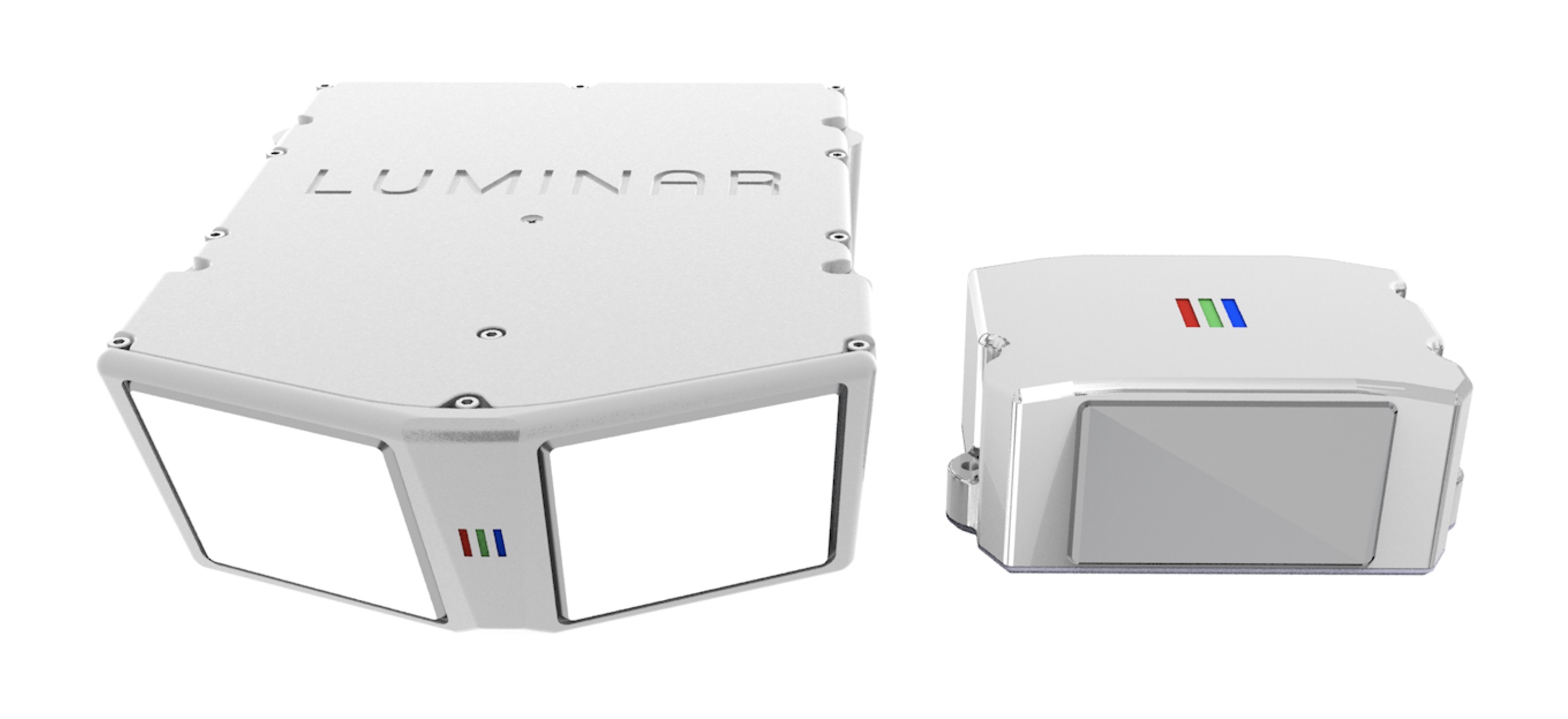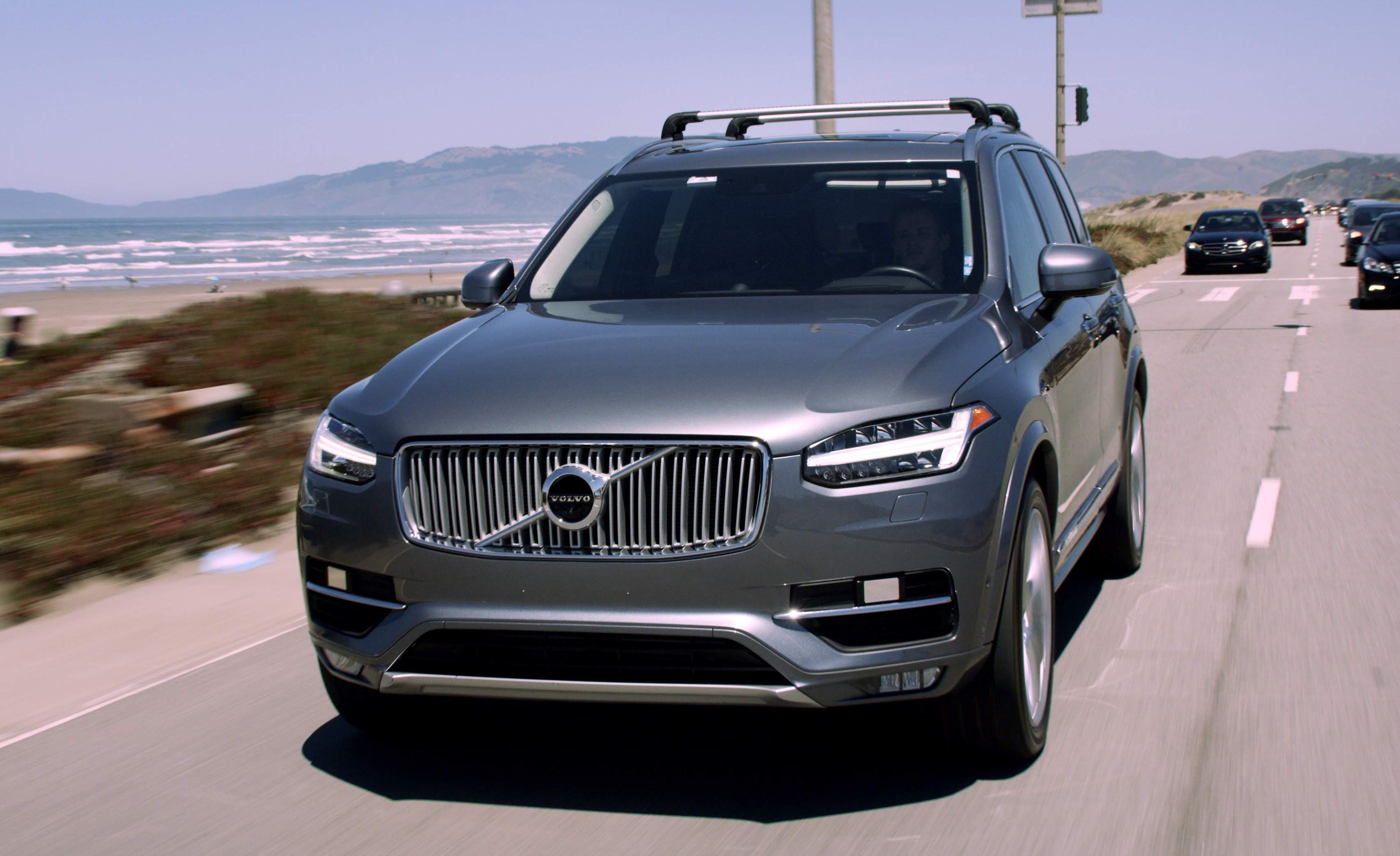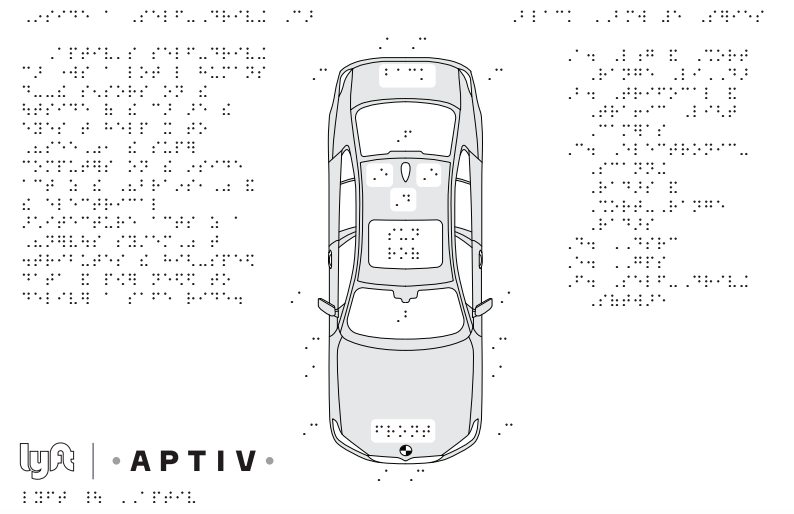Amazon is no stranger to the nefarious forces of e-commerce: fake reviews, counterfeit goods and scams have all reared their heads on its marketplace in one place or another, with some even accusing it of turning a blind eye to them since, technically, Amazon profits from any transactions, not just the legit ones. The company has been working to fight that image, though, and today it announced its latest development in that mission: it announced that Transparency — a program to serialize products sold on its platform with a T-shaped QR-style code to identify when an item is counterfeit — is expanding to Europe, India and Canada. (More detail on how it actually works below.)
“Counterfeiting is an industry-wide concern – both online and offline. We find the most effective solutions to prevent counterfeit are based on partnerships that combine Amazon’s technology innovation with the sophisticated knowledge and capabilities of brands,” said Dharmesh Mehta, vice president, Amazon Customer Trust and Partner Support, in a statement. “We created Transparency to provide brands with a simple, scalable solution that empowers brands and Amazon to authenticate products within the supply chain, stopping counterfeit before it reaches a customer.”
The growth of Transparency has been quite slow so far: it has taken more than two years for Amazon to offer the service outside of the US market, where it launched first with Amazon’s own products in March 2017 and then expanded to third-party items. Even today, while Transparency is launching to sellers in more markets, the app for consumers to scan the items themselves is still only available in the US, according to Amazon’s FAQ.
In that time, take-up has been okay but not massive. Amazon says that some 4,000 brands have enrolled in the program, covering 300 million unique codes, leading to Amazon halting more than 250,000 counterfeit sales (these would have been fake versions of legit items and brands enrolled in the Transparency program).
There is some evidence that all this works. Amazon says that 2019, for products fully on-boarded into the Transparency service, there have been zero reports of counterfeit from brands or customers who purchased these products on Amazon.
But how wide ranging that is, though, compared to the bigger problem, is not quite clear. While it’s not an apples-to-apples comparison — Amazon doesn’t disclose collectively how many brands are sold on its platform, although Amazon itself accounts for 450 brands itself — there are some 2.5 million sellers on its platform globally, and my guess is that 4,000 is just a small fraction of Amazon’s branded universe.
Recent developments have put an increased focus on what role Amazon has been playing to keep in check rampant activity around counterfeiting and other illegal activity.
The NYT published a damning expose in June that highlighted how one medical publisher found rampant counterfeiting of one of its books, a guide for doctors prescribing medications to help them determine dosages of drugs, an alarming situation considering the subject matter. Regulators like the FCC have also taken action to ask Amazon (among others like eBay) to make a better effort to remove the sale of products in specific categories, such as fake pay-TV boxes.
Coupled with other kinds of dodgy activity on the platform like fake reviews, Amazon has been making more moves of late to get a grip and create more channels for brands and sellers to help themselves, from product launches and expansions, to taking legal measures to go after bad actors.
Transparency is part of former category, and it sits alongside one of the company’s other recent, big initiatives called Project Zero, an AI-based continuous monitoring of products and activities launched four months ago to proactively identify counterfeit sellers and items on the platform.
 Transparency works by way of a unique code — which looks a bit like a “T” — printed on each manufactured unit. When a customer orders the product, Amazon scans the code to verify that the product it’s shipping is legit. Customers can also scan the code after receiving the item to verify authenticity. Other details that are encoded in the T are manufacturing date, manufacturing place, and other product information like ingredients.
Transparency works by way of a unique code — which looks a bit like a “T” — printed on each manufactured unit. When a customer orders the product, Amazon scans the code to verify that the product it’s shipping is legit. Customers can also scan the code after receiving the item to verify authenticity. Other details that are encoded in the T are manufacturing date, manufacturing place, and other product information like ingredients.
This system also throws some light on some of the strange workings of e-commerce, supply chains, and how marketplaces operate.
On Amazon, an item you buy that might be branded — say, a North Face jacket — may not actually be sold by North Face itself, but a reseller. And those resellers may just as likely never even touch the item: they are working off stock that is distributed from another place altogether, or perhaps manufactured and sent in bulk to Amazon or another fulfilment provider that sends the item when the order is made. All of these tradeoffs within the supply chain create an environment where counterfeit goods might creep in.
Amazon’s system, by working directly with brands and not sellers, is trying to provide an over-arching level of monitoring and control into the mix, and it notes in its announcement that its Transparency codes are trackable “regardless of where customers purchased their units.”
Ironically for a service called “Transparency”, Amazon doesn’t seem to list the price for sellers to use this service, but four months ago, when Amazon launched Project Zero, we reported that the serialization service are charged between $0.01 and $0.05 per unit, based on volume. It’s a price that especially smaller brands, which are even less immune to copycats than well-capitalized big brands, are willing to pay:
“Amazon’s proactive approach and investment in tools like Transparency have allowed us to grow consumer confidence in our products and prevent inauthentic product from ending up in the hands of our customers,” said Matt Petersen, Chief Executive Officer at Neato Robotics, a maker of smart robotic vacuum cleaners, in a statement.
“Blocking counterfeits from the source has always been a tough task for us – it’s something all brand owners face through nearly all channels around the world,” said Bill Mei, Chief Executive Officer at Cowin, a manufacturer of noise cancelling audio devices, in his own statement. “After we joined Transparency, our counterfeit problem just disappeared for products protected by the program.”



 Transparency works by way of a unique code — which looks a bit like a “T” — printed on each manufactured unit. When a customer orders the product, Amazon scans the code to verify that the product it’s shipping is legit. Customers can also scan the code after receiving the item to verify authenticity. Other details that are encoded in the T are manufacturing date, manufacturing place, and other product information like ingredients.
Transparency works by way of a unique code — which looks a bit like a “T” — printed on each manufactured unit. When a customer orders the product, Amazon scans the code to verify that the product it’s shipping is legit. Customers can also scan the code after receiving the item to verify authenticity. Other details that are encoded in the T are manufacturing date, manufacturing place, and other product information like ingredients.